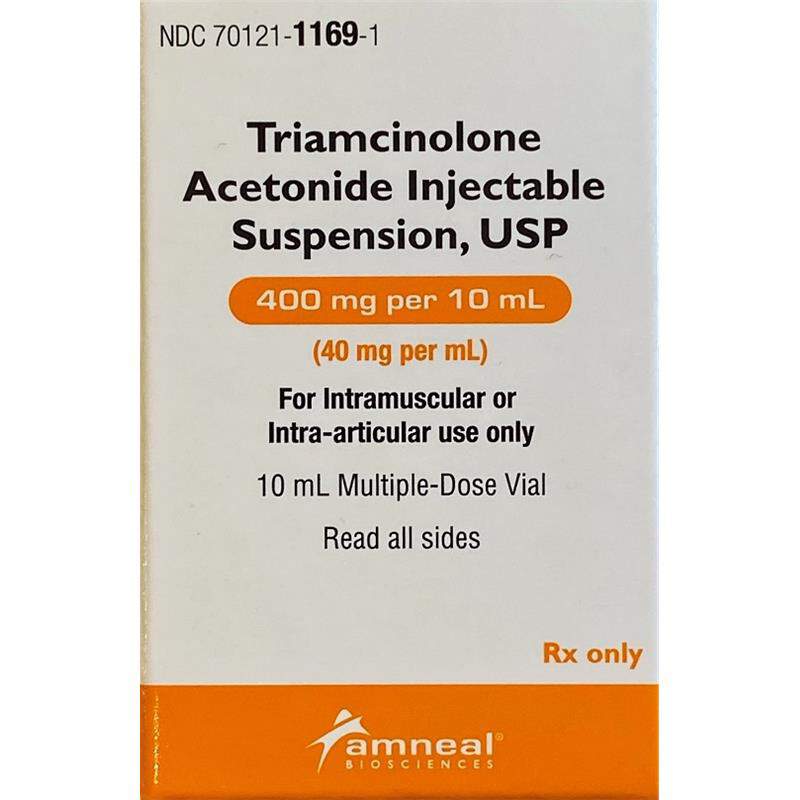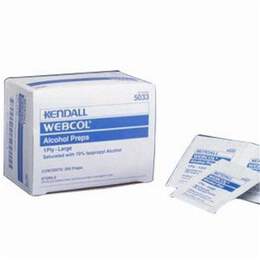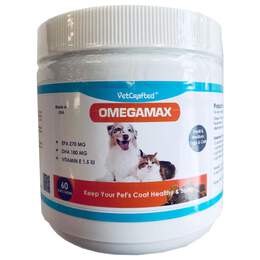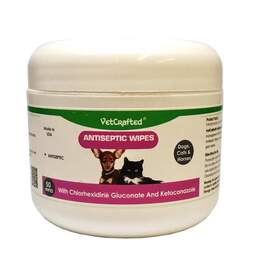Click on image to open expanded view
Item No.
51522
Triamcinolone Acetonide Injectable Suspension USP, 400 mg/10 ml, 10 ml vial Rx
AutoShip & Save 21%
Product Description
Triamcinolone Acetonide Injectable Suspension acts to decrease inflammation, reduce discomfort, and suppress the immune system. This injectable steroid is good for acute arthritis in horses, cats, and dogs, as well as skin concerns like allergies.
Who is Triamcinolone Acetonide Injectable Suspension USP, 400 mg/10 ml, 10 ml vial for?
Horses, cats and dogs.
Why use Triamcinolone Acetonide Injectable Suspension USP, 400 mg/10 ml, 10 ml vial?
This product is a highly effective choice for pets with inflammation and pain caused by skin irritation, allergies, or joint problems.
How does Triamcinolone Acetonide Injectable Suspension USP, 400 mg/10 ml, 10 ml vial work?
This steroidal product works by inhibiting chemical release in cells to reduce inflammation. Its targets are molecules that are required by the immune system, which is generally engaged in response production. As a result, limiting these substances lowers inflammation. It works for a variety of inflammatory disorders, including arthritis and asthma.
Manufacturer:
Amneal Biosciences
Active Ingredients(s):
Triamcinolone Acetonide 400 mg/10 ml
How is Triamcinolone Acetonide Injectable Suspension USP, 400 mg/10 ml, 10 ml vial sold?
10 ml multi-dose vial
What are the side effects of Triamcinolone Acetonide Injectable Suspension USP, 400 mg/10 ml, 10 ml vial?
The most common side effects include: Vomiting Behavioral changes (such as depression) Lethargy Increased thirst Increased urination Increased appetite Panting
What special precautions are there?
Use with caution if you're using other steroids or non-steroidal anti-inflammatories. Other drug interactions are also possible. Current drug regimens and medical history details should be disclosed to a veterinarian before treatment with this product. In kittens, this medication may cause development to be slowed. If the animal is breastfeeding, do not use this product since it is excreted in the milk. This product should never be used before a procedure since it will impede the healing process. If the animal has a fungal or viral illness, don't use this product, as it is ineffective against such infections. Do not use if the animal has a known allergy or hypersensitivity to this medication. Keep away from children.
What to do if overdose?
If overdose occurs, please contact your local pet hospital or emergency pet clinic immediately.
How can I store Triamcinolone Acetonide Injectable Suspension USP, 400 mg/10 ml, 10 ml vial?
Do not put the product in the freezer. Temperatures should be kept at room temperature ( between 68 and 77 degrees Fahrenheit).
Overview
Administration & Dosage: Subcutaneous or intramuscular: Cats and Dogs: Inflammatory or allergic illnesses receive a single injection of 0.05 mg to 0.1 mg triamcinolone acetonide per pound of body weight, whereas dermatologic disorders receive 0.1 mg per pound of body weight. If not permanent, symptom remission generally lasts 7 to 15 days. If symptoms return after this period, the dosage may be repeated or oral corticosteroid treatment may be used. Horses: A single injection of 0.01 mg to 0.02 mg triamcinolone acetonide per pound of body weight; the average dosage range is 12 mg to 20 mg. The normal intralesional dose for dogs and cats is 1.2 mg to 1.8 mg triamcinolone acetonide. To ensure sufficient dosage distribution, injections should be confined around the lesion in multiple locations. Depending on the extent of the lesion, injections should be placed 0.5 cm to 2.5 cm apart. Pain and/or pressure necrosis are also reduced by separating the doses. To avoid local tissue intolerance and atrophy, the amount injected at any one spot should not exceed 0.6 mg, and it should be made well into the cutis to avoid epidermal rupture. Do not exceed a total dosage of 6 mg when treating dogs and cats with numerous lesions. If required, more treatment courses may be given. For accuracy in dosage estimation and simplicity of administration, use a tuberculin syringe with a tiny diameter needle (23-25 gauge). Dogs, Cats, and Horses: Intra-articular and intrasynovial: The dose for intra-articular or intrasynovial administration is determined by the size of the affected joint and the degree of symptoms. For cats and dogs, a single injection of 1 mg to 3 mg triamcinolone acetonide is advised, while for horses, a single injection of 6 mg to 18 mg triamcinolone acetonide is indicated. Depending on the severity of the symptoms and the clinical response, injections may be repeated after three or four days. If the early results are insufficient or too fleeting, the dosage can be raised, but not above the suggested level. All intra-articular injections should be preceded by routine aseptic preparation of the region. It is critical to have a full grasp of the relevant anatomical connections. Inadvertent corticosteroid delivery into the soft tissues around a joint is not dangerous, but it is the most common reason of failure to produce the intended local effects. Pain and other local sensations may persist for a brief period after intra-articular treatment until significant relief is achieved, although an increase in joint discomfort is uncommon. Septic arthritis is defined by an increase in pain that is accompanied by local edema, additional limitation of joint mobility, fever, and malaise. If these consequences arise and a diagnosis of sepsis is established, antimicrobial therapy should be started very away and continued until the infection is completely gone.
Main Ingredients
Triamcinolone Acetonide 400 mg/10 ml







